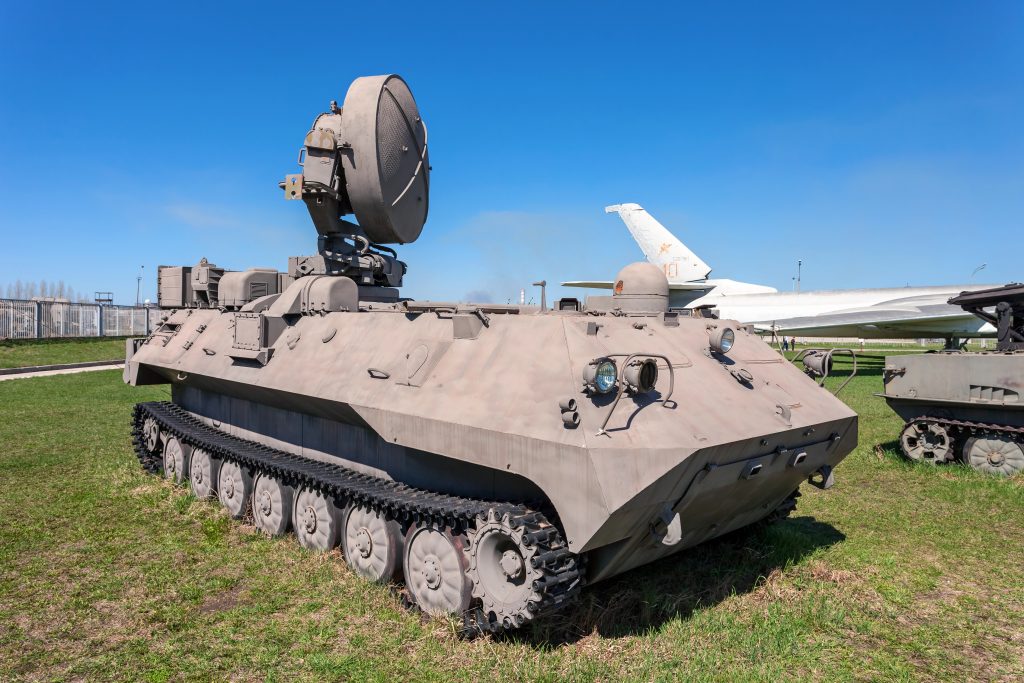
Only a few months ago, a barrage of Iranian missiles bound for Israeli targets rather splashed innocuously in the Mediterranean Sea a outcome not of technical malfunction, but, as latest evidence indicates, a revolutionary electronic hack. The incident has caused tremors within the defense and cyber-defense communities, pointing to the mounting sophistication of electronic warfare and the weakness inherent in contemporary navigation systems.

The event has been drastically taken up as a case study in the way GNSS spoofing works previously a specialized threat now effectively changes the course of high-stakes military operations. Based on expert analysis, technical reporting, and newer research, this article delves into the most powerful facets of this first-of-its-kind event and its implications on international security.

1. The Unprecedented Arc: A New Breed of GNSS Spoofing
Classic GNSS spoofing usually makes a device “teleport” to an incorrect location, but the Iranian missile event exposed something much more complex. Sean Gorman, CEO of Zephyr.xys, explained how his company witnessed a “synthetically generated position that went in a curve” an arcing path meant to simulate the missile’s anticipated path of flight (MailOnline). This method is significantly different from earlier spoofing techniques, which have been sudden and readily identifiable. The new method seems to have “deceived” the missile’s guidance, making it continue on a reasonable course while deviating it from its targeted direction.
As Gorman described, “They don’t realize they’re being spoofed because they’re still on a course of trajectory. That would deceive a drone.” This degree of deception is an advance in electronic warfare, not only taking raw power of the signal but also a sophisticated knowledge of the missile’s flight algorithms.

2. GNSS Dependency: The Achilles’ Heel of Modern Munitions
Iranian missiles, as do the majority of guided munitions globally, use Global Navigation Satellite System (GNSS) information for targeting. As Gorman described, “Missiles are guided munitions. They all track latitude and longitude and elevation the same way we navigate in our cars or the same way aeroplanes navigate.” (Mirror) This single point of failure, one that enemies are aggressively exploiting, is universal.
The activity highlights the extent to which GNSS spoofing and jamming are “incredibly effective at preventing guided munition from landing where you where they wanted to land and maybe where you instead getting it to go somewhere else or to fail.” The stakes are high: any country possessing sophisticated electronic warfare means can effectively nullify precision-guided threats, realigning the power balance on the battlefield.

3. From Ukraine to the Middle East: A Global Electronic Arms Race
The advancement of spoofing and jamming techniques is not limited to any single region. Gorman’s team started monitoring these methods when they volunteered in Ukraine, where both parties have been playing a “cat and mouse game” of electronic countermeasures. As he explained, “There are lots of countries that have sophisticated technical engineers and specialty within GNSS. And each of those countries are constantly trying to evolve their [rivals’] electronic warfare capabilities.” (MailOnline)
The Iran-Israel war is merely the latest arena in this continuing arms race, as the technology and strategy quickly spread. The level of sophistication achieved in last week’s spoofing attack implies that techniques gained in one combat area are being rapidly transferred and applied in another, heightening the stakes for defense strategists across the globe.

4. Civilian Collateral: Spoofing’s Expanding Impact Beyond the Battlefield
The threat of GNSS spoofing and jamming is now not just limited to military equipment. In the run-up to a near-miss collision between two oil tankers in the Strait of Hormuz, the UK’s Maritime Trade Operations warned of “growing electronic interference” in the area (MailOnline). Gorman noted that “we’re seeing it happen more and more all around the world and cause problems with global commerce with supply chains, with aviation.”
The danger to civilian security is real: “Collisions could be an issue both from an aviation perspective, as well as a maritime perspective,” Gorman cautioned. As the techniques spread, it now puts even commercial shipping and logistics in danger, making detection and countermeasures against spoofing a matter of utmost importance for governments as well as industry.

5. Detection and Defense: The Race for Technological Countermeasures
Spoofing detection is much more difficult than jamming, since spoofed signals are made to mimic legitimate signals. Sophisticated detection techniques, like those employing pseudo-range difference and sum sequence linearity, are being researched to separate genuine from spoofed GNSS signals (PMC). These detection techniques examine the consistency and conduct of signal measures, searching for minute discrepancies that indicate spoofing efforts.

At the same time, regulatory agencies and industry associations are providing a boost to efforts to exchange best practices and design effective countermeasures. The International Air Transport Association (IATA) and the European Union Aviation Safety Agency (EESA) have both published safety bulletins and held workshops to meet the increased threat (WTW). As one recent bulletin stated, “GNSS interference incidents are growing in intensity, sophistication and severity of impact.”

6. Alternative Navigation: Resilience Against Electronic Attack
The vulnerabilities revealed by GNSS spoofing have expedited the quest for alternative navigation technologies. A promising track is Magnetic Navigation (MagNav), which utilizes the Earth’s crustal magnetic field as a globally distinctive and stable signal, resistant to conventional jamming and spoofing (SandboxAQ). High-fidelity magnetic maps, quantum sensors, and AI-based algorithms are being combined to achieve real-time, interference-immune positioning.
The U.S. Air Force, among others, is already experimenting with MagNav, and industry professionals believe that a multi-layered approach to navigation integrated with GNSS, inertial, celestial, and magnetic systems will be critical for future resilience. As the size and frequency of GNSS attacks increase, such backups are being transitioned from the research stage to operational implementation.

7. The Road Ahead: Policy, Regulation, and the Private Sector’s Role
The quick development of spoofing technology requires a concerted effort. The regulation authorities have to work with industry to move more quickly to certify and implement anti-spoofing technologies without relaxing safety standards (Advanced Navigation). Multi-GNSS strategies and sophisticated integrity monitoring systems are called for in the private sector, especially in critical infrastructure and transportation.
As spoofing becomes easier and more affordable, there is an increasing need for “collective vigilance and proactive measures.” The coming decade will witness a paradigm change in how countries and industries handle navigation security, with resilience and redundancy as prime considerations in strategic planning.

The Iranian missile hacking over Israel is more than a news headline it’s a preview of the new reality that confronts defense and critical infrastructure globally. As tactics of electronic warfare advance, so too must the underlying systems on which contemporary society relies. The challenge is daunting, but the response grounded in innovation, partnership, and watchfulness will shape the security terrain for decades to come.


